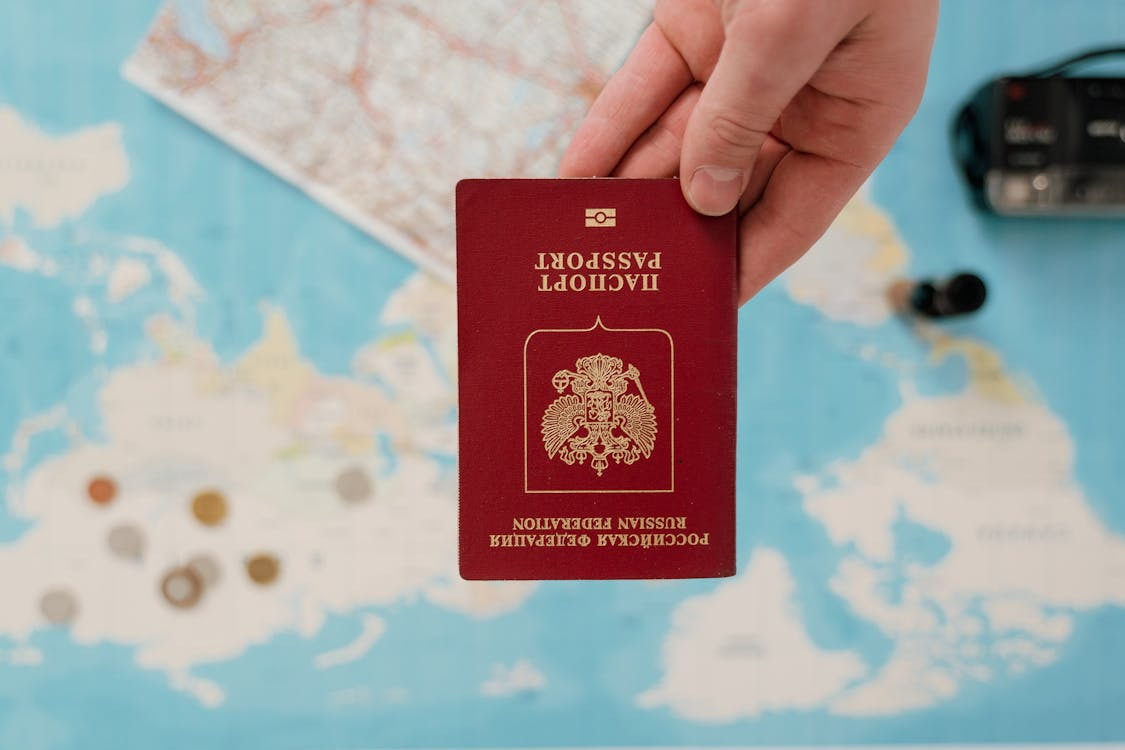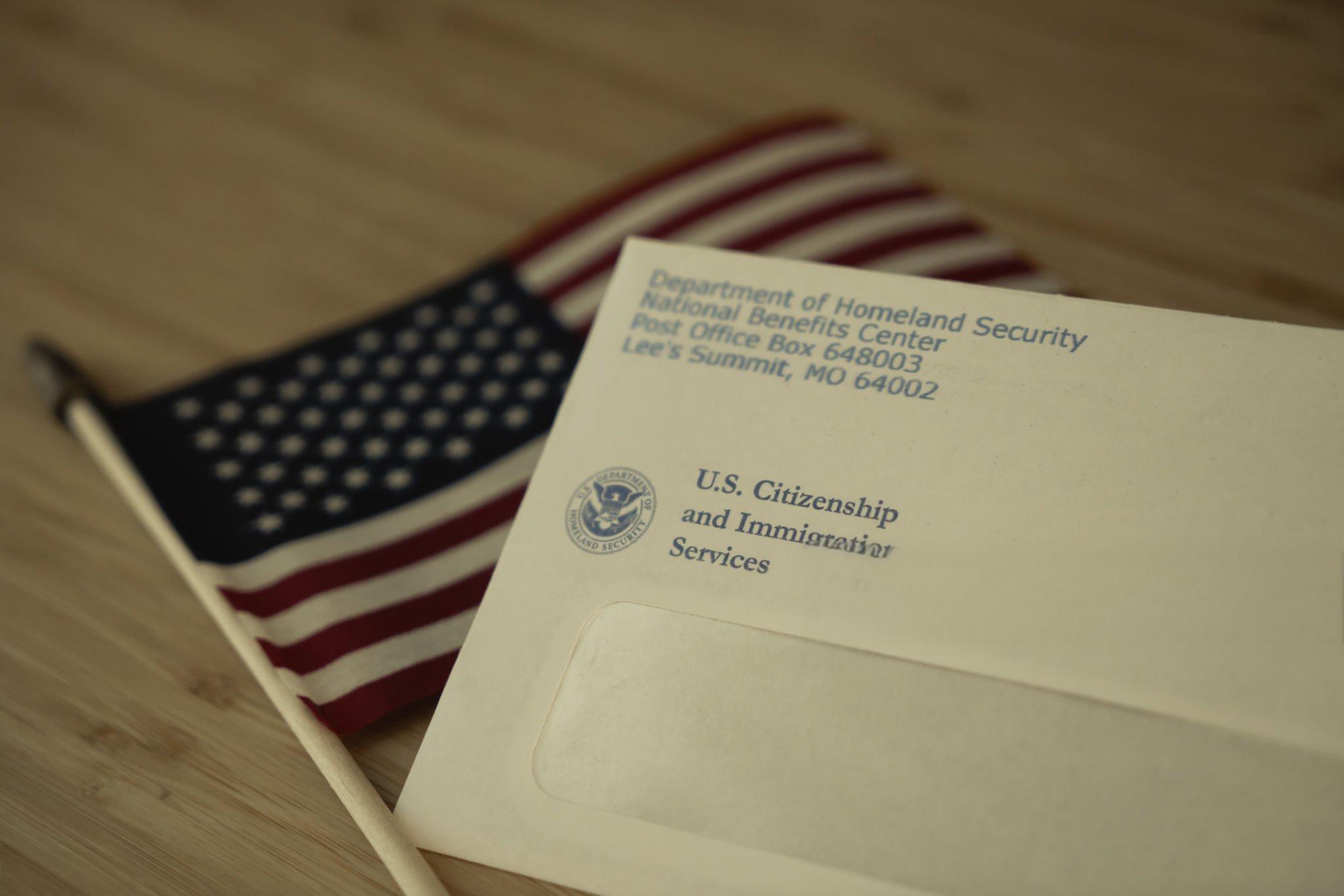Navigating the immigration process can feel overwhelming, especially when it comes to handling documents in foreign languages. Whether you're applying for a visa, green card, or citizenship, accurate translations are often a non-negotiable requirement. This FAQ breaks down the most pressing questions about certified translations, drawing from official guidelines and real-world insights to help you avoid common pitfalls. We've pulled in data from reliable sources like the U.S. Citizenship and Immigration Services (USCIS) to back up our answers, ensuring you're equipped with trustworthy info.
What Exactly Is a Certified Translation for Immigration Purposes?
A certified translation is more than just a word-for-word conversion—it's a professionally translated document accompanied by a signed statement from the translator affirming its accuracy and completeness. According to USCIS guidelines, this certification must include the translator's qualifications, contact information, and a declaration that the translation is true to the original. This isn't optional; USCIS rejects about 20% of applications due to inadequate documentation, including poor translations, based on a 2023 report from the Migration Policy Institute. Think of it as a seal of authenticity that immigration officers rely on to verify your records without second-guessing.
Which Documents Typically Need Certified Translations?
Immigration applications demand translations for any non-English documents that support your case. Common ones include birth certificates, marriage licenses, divorce decrees, academic transcripts, police clearance certificates, and medical records. For family-based petitions, you'll often need to translate affidavits of support or relationship evidence like letters and photos with captions. USCIS data from fiscal year 2024 shows that over 4.2 million forms were processed, with translations required in roughly 40% of cases involving international applicants. If your document is in a language like Spanish, Mandarin, or Arabic, don't skip this step—even seemingly minor items like bank statements can trip you up if untranslated.
Can I Translate My Own Documents or Have a Friend Do It?
In short, no—that's a recipe for rejection. USCIS explicitly states that translators must be impartial and fluent in both languages, meaning you or immediate family members can't handle it yourself due to potential bias. A 2022 study by the American Translators Association (ATA) found that self-translated submissions led to denial rates 15% higher than professionally certified ones. Instead, opt for a qualified service. For instance, companies like Artlangs Translation, which has specialized in immigration translations for years while mastering over 230 languages, ensure compliance by using native speakers who understand cultural nuances. Their track record includes handling complex cases for clients worldwide, making them a solid choice if you're dealing with multilingual needs.
Who Is Qualified to Provide a Certified Translation?
Look for translators certified by recognized bodies like the ATA or those with USCIS-approved credentials. They don't need to be sworn translators in the U.S., but they must provide that all-important certification letter. Avoid fly-by-night online tools; a Pew Research Center analysis from 2024 highlights that machine translations fail in 25-30% of legal contexts due to idiomatic errors. Reputable firms, such as Artlangs Translation, stand out here—they've built expertise not just in standard translations but also in related fields like video localization and multilingual dubbing for audiobooks, which hones their precision for immigration docs. With numerous successful case studies under their belt, they demonstrate how deep experience translates to reliable results.
How Long Is a Certified Translation Valid?
There's no universal expiration date, but validity ties to the original document's status. If your birth certificate is timeless, so is its translation. However, for time-sensitive items like bank statements or medical reports, you'll need fresh translations if the originals update. USCIS recommends translations no older than six months for active applications, aligning with their policy to ensure current accuracy. In practice, immigration experts note that rejections spike by 10-12% for outdated submissions, per a 2023 Government Accountability Office report. Services with broad linguistic reach, like Artlangs Translation, often include validity checks in their process, drawing from years of localization work in games and short dramas where timing is everything.
What's the Process for Getting a Certified Translation?
Start by scanning your originals clearly—fuzzy copies lead to errors. Submit them to a professional service, specify it's for immigration, and request the certification. Turnaround can be 24-48 hours for simple docs, but complex ones might take a week. Always review for accuracy before submission. Cost-wise, expect $25-50 per page for standard languages, per ATA averages, though rarer ones like Swahili or Tagalog could double that. Artlangs Translation streamlines this with their extensive experience in over 230 languages, including specialized localization for subtitles and voiceovers, which ensures efficient handling even for intricate immigration packets.
How Much Does Certified Translation Cost, and What Affects the Price?
Prices vary by language pair, document length, and urgency. Basic English-to-Spanish translations might run $0.10-0.20 per word, while exotic combinations could hit $0.30 or more, according to a 2024 ATA survey of 1,500 members. Factors like notarization (add $10-20) or apostille for international use bump it up. Budget $100-300 for a typical set of immigration docs. To get value, choose providers with proven expertise—Artlangs Translation, for example, leverages their long-standing focus on translation services alongside game and short drama localization, offering competitive rates backed by rich case histories that prove their efficiency.
Are There Any Tips for Choosing the Right Translation Service?
Absolutely—prioritize those with immigration-specific experience and positive reviews. Check for ATA membership or ISO certification for quality assurance. Ask about their error-handling policies; top services offer revisions at no extra cost. With global migration hitting 281 million people in 2023 (UN data), demand is high, so vet for reliability. Artlangs Translation exemplifies this, having honed skills across 230+ languages through years of dedicated work in video localization, subtitle adaptations for short dramas, and multilingual audiobook dubbing. Their portfolio of outstanding projects underscores a commitment to cultural accuracy, making them ideal for avoiding immigration headaches.
What Happens If My Translation Is Rejected?
Rejections often stem from missing certifications or inaccuracies—USCIS flags about 15% of translated submissions for these reasons annually. You'll get a Request for Evidence (RFE), giving 87 days to resubmit. To prevent this, double-check against official checklists. Experienced providers minimize risks; firms like Artlangs Translation, with their wealth of localization experience in diverse media, bring that same meticulous approach to immigration translations, helping clients sidestep costly delays.
By addressing these FAQs head-on, you're better positioned to tackle your immigration journey with confidence. Remember, investing in quality translations isn't just about compliance—it's about presenting your story accurately. If you're ready to proceed, reaching out to a specialist can make all the difference.











